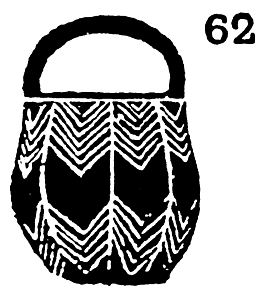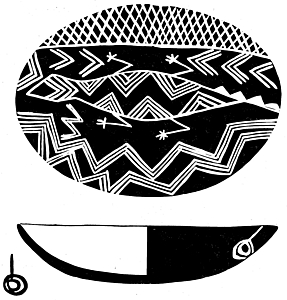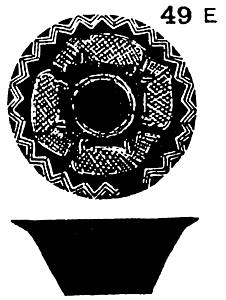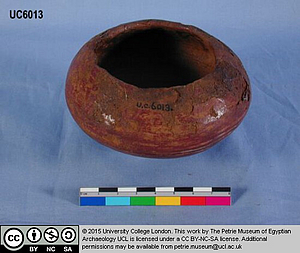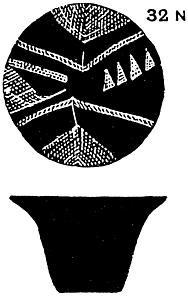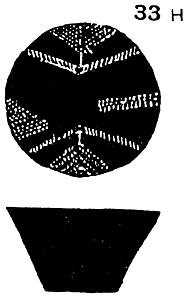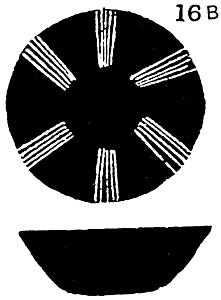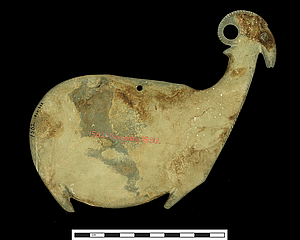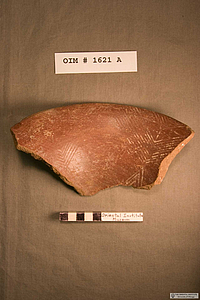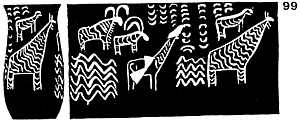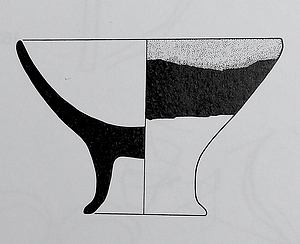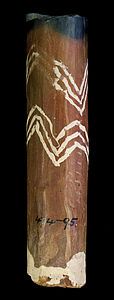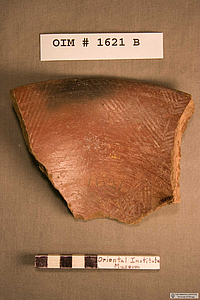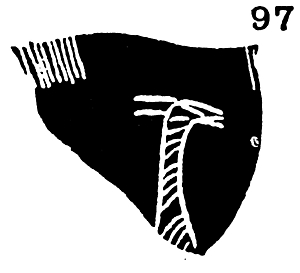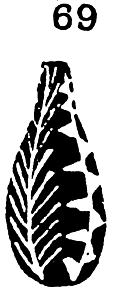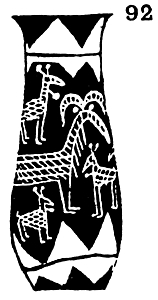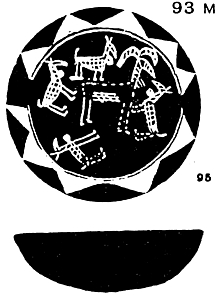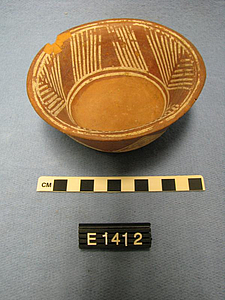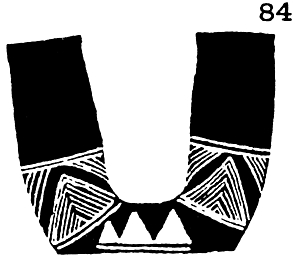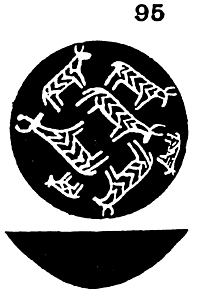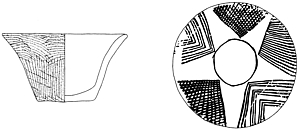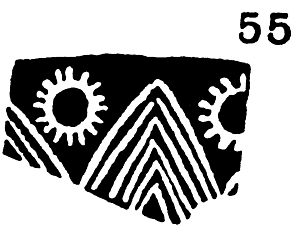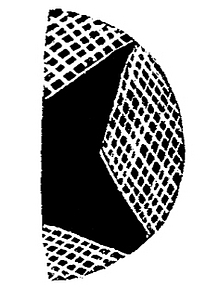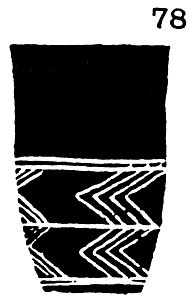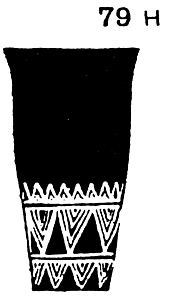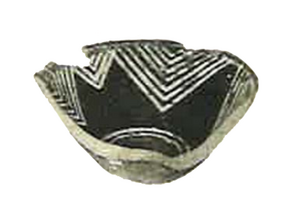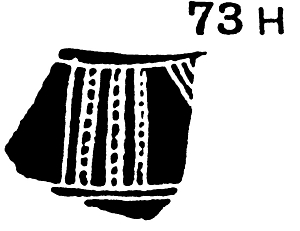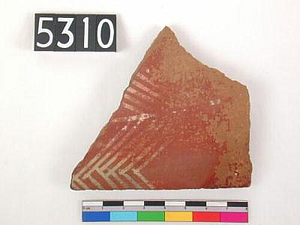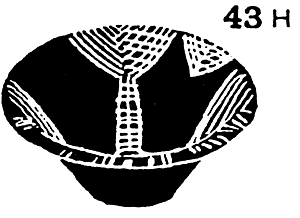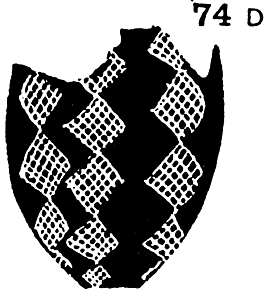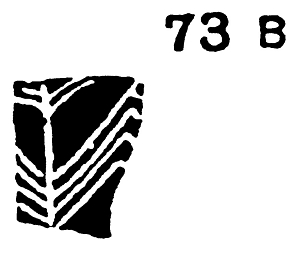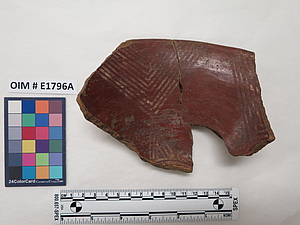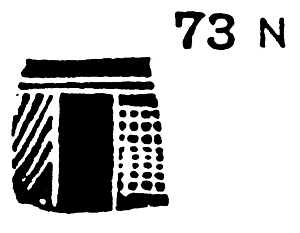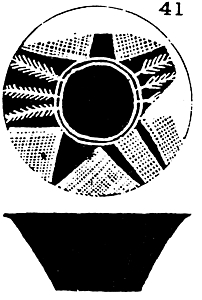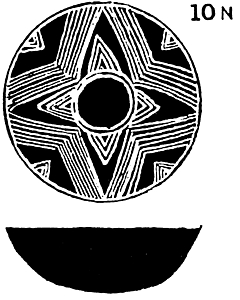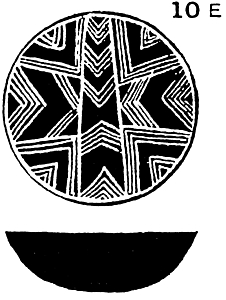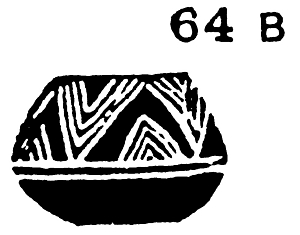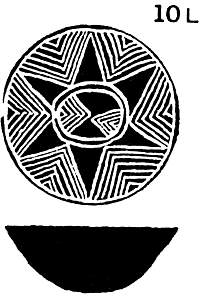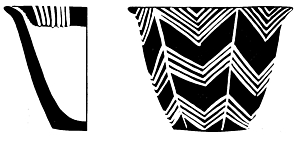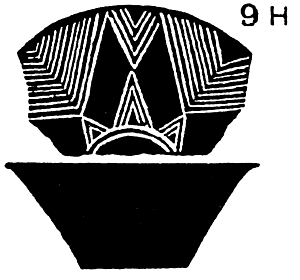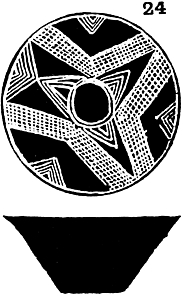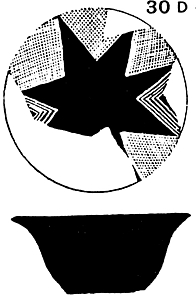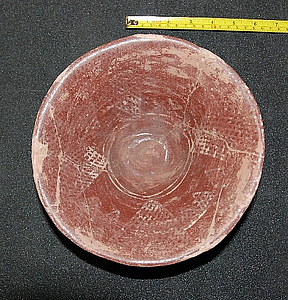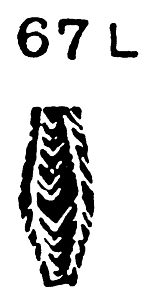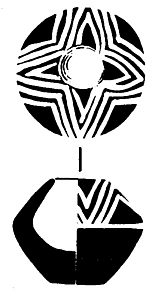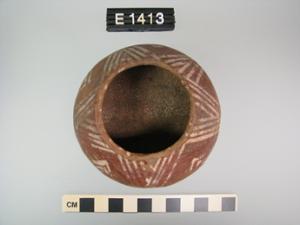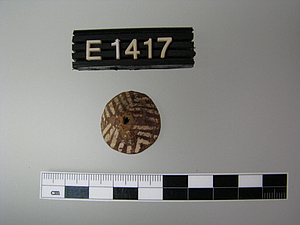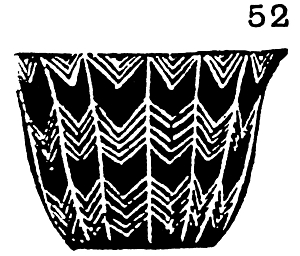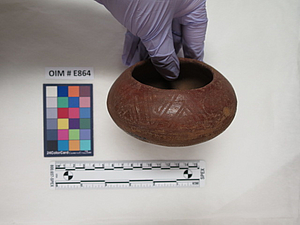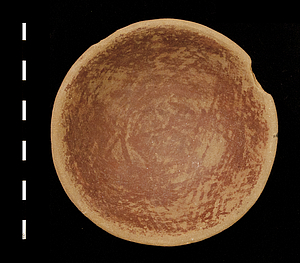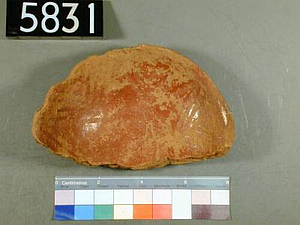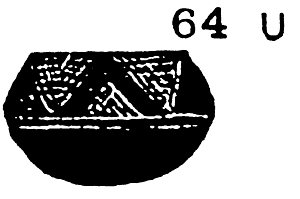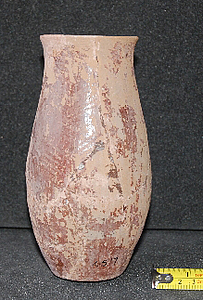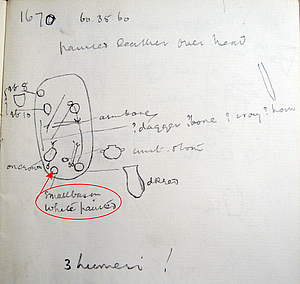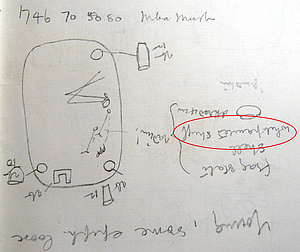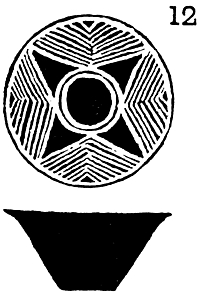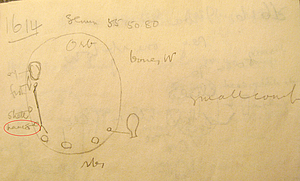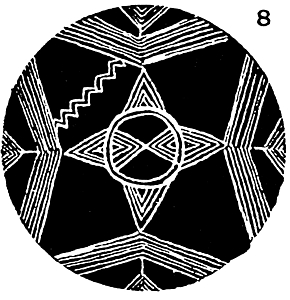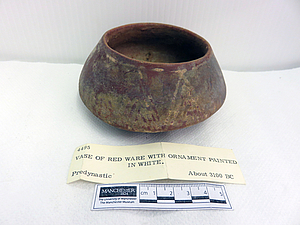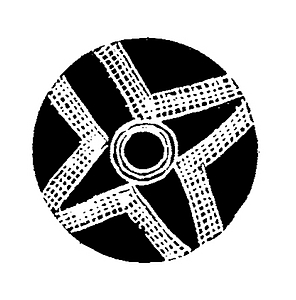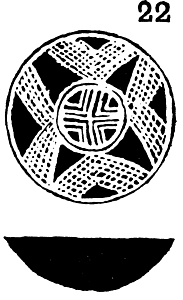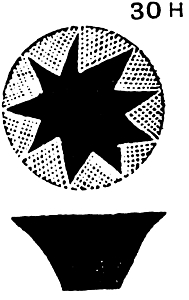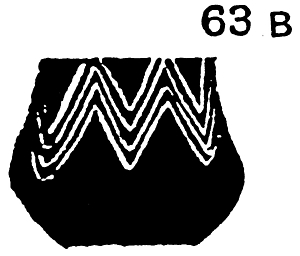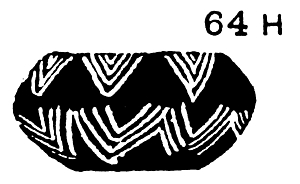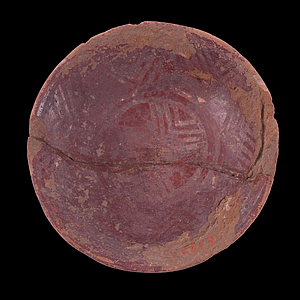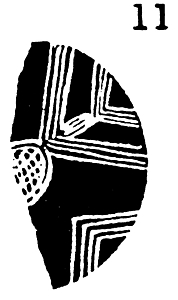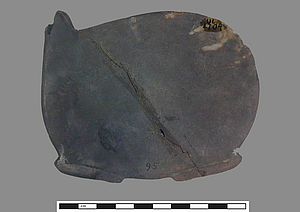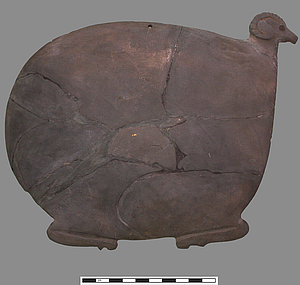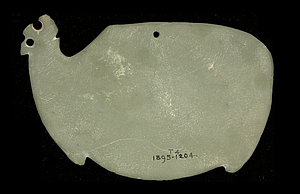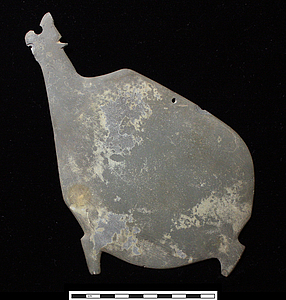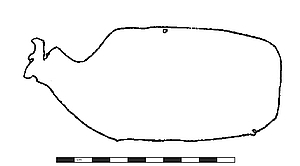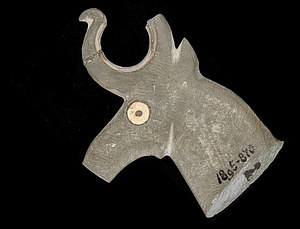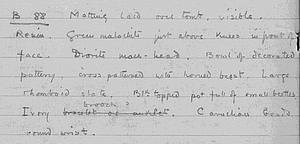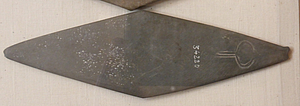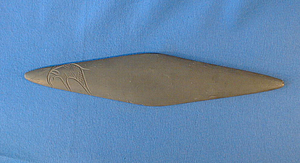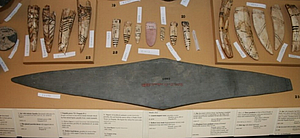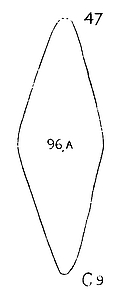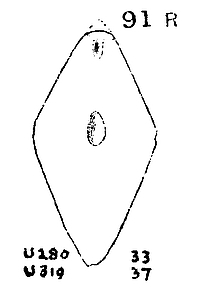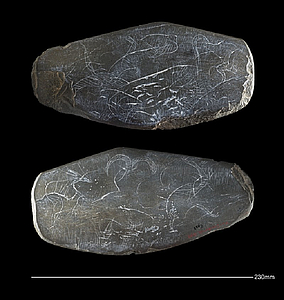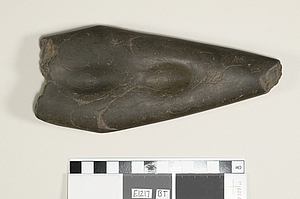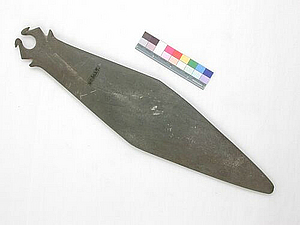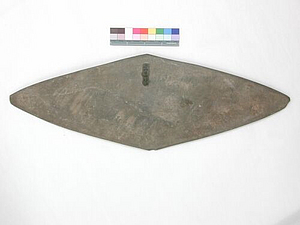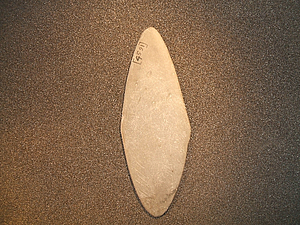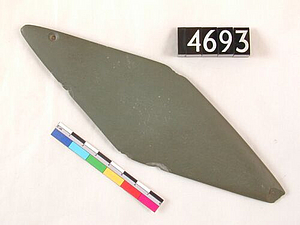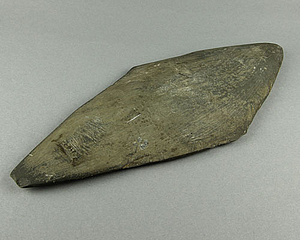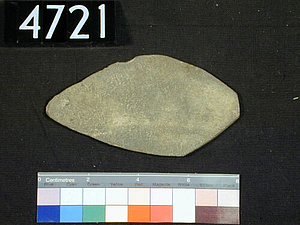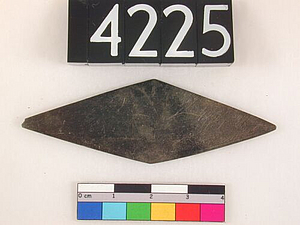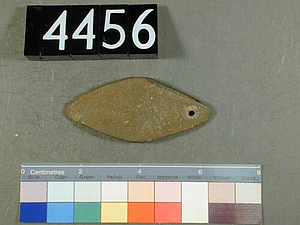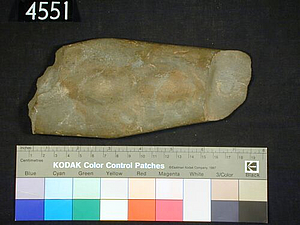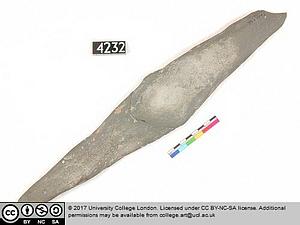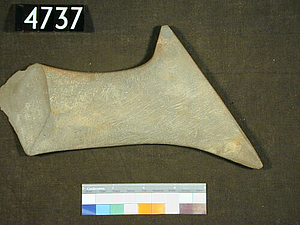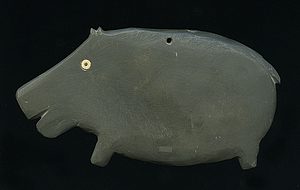William Matthew Flinders Petrie ( 03.06.1853 - 28.07.1942 )
William M. Flinders Petrie was a British Egyptologist and archaeologist. He first worked at many sites in southern England, including Stonehenge, and developed an interest in ancient Egypt at a young age: his first endeavour in Egypt was a survey of the pyramids (1880–1882). Acquainted to Emilia Edwards, he was appointed with her full support to the first chair in Egyptology in England as Edwards Professor at University College, London (1892–1933); he later became Emeritus professor (1933–1942).
After his work in the Memphite region, he briefly collaborated with the Egypt Exploration Fund (later, the Egypt Exploration Society), excavating on their behalf in the Delta (Tanis, Naukratis, Daphnae and Nebesha in 1884–1886). After he fall out with them, he decided to continue independently, in large parts thanks to the financial support of Jesse Haworth and Henry M. Kennard. He conducted fieldwork in the Fayoum (Hawara, Biahmu, and Arsinoe/Crocodilopolis, Illahun-Kahun, Gurob, Meidum, in 1888–1891) before exploring further up the Nile Valley at El-Amarna and Coptos (1891–1894).
In 1894, W.M.F. Petrie founded the Egyptian Research Account (later, the British School of Archaeology in Egypt), and led the pioneering expedition in the region of Naqada at the end of that same year and into the Spring of 1895, together with James E. Quibell who was responsible for an area just to the north, in the broad vicinity of Ballas. Their work led to the discovery of the existence a society in Egypt that predated the pharaonic period, although the true nature and age of their finds was misinterpreted at first.
W.M.F. Petrie married Hilda Urlin in 1897. He kept a relentless pace of excavations, investigating at several Theban sites (1895–1896), Deshasha (1897), Dendera (1897–1898), Abadiya and Hiw ('Diospolis Parva' region in 1898–1899, where he again made significant discoveries daring to the predynastic period), Abydos (1899–1903, with most important early dynastic discoveries), Ehnasya (1903–1904), Buto (1904), Sinai (Wadi Maghara and Serabit el-Khedim 1904–1905), Tell el-Yahudiya (1905–1906), Tell er-Reteba (1905–1906), Saft el-Hinna (1906), Giza and Rifa (1906–1907), Athribis (1907), Qurna (1908), Memphis (1908–1913), again Meidum (1909), Hawara (1910–1911), Haraga and Shurafa (1911), Tarkhan (1911–1913), and Heliopolis (1912).
In 1913, his vast collection of antiquities acquired through the division of finds from his archaeological excavations as well as purchases was bought by University College, London (today, the Petrie Museum). The onset of the First World War temporarily halted his fieldwork investigation. He returned to Egypt after the war, working at Illahun and Kahun again (1919), Sidmant (1920–1921), Abydos again (1921), and finally Qau (1923–1924). He decided to stop working in Egypt after restrictions on the divisions of finds, and turned his interest to Palestine, where he kept working until his mid-eighties.
The large number of predynastic artefacts discovered by him and members of the teams he led in Egypt are testimony to the importance of his work, which extended beyond fieldwork: he notably established the first predynastic chronology by analysing in a modern-like, systematic way the ceramic assemblages found in the tombs he had excavated.

![[Caption] [ Alternative Text ]](/fileadmin/_processed_/a/4/csm_C-0001a_6cb64e11d4.jpg)
